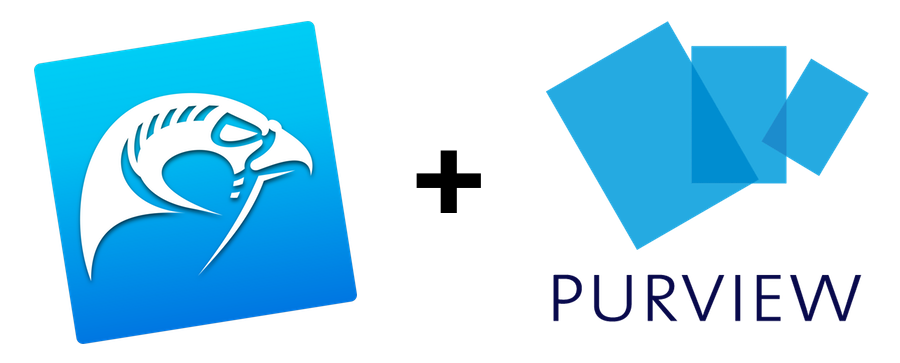How Far Can Horos Go? What To Do When Working With Limited Sharing, Access, and Mobility

If you’ve used Horos, a free open-source DICOM viewer for Mac computers, you may know about the helpful tools accessible at your fingertips. The locally installed program allows users to view images in 3D, generate multiplanar reconstruction (MPR) images, and even perform DICOM sends over a network. All of this for free? Yep. Horos is a great app that happens to be supported by Purview, a software-driven healthcare company whose mission is to open access to medical expertise, improving patient outcomes.
Now, if you’ve used Horos for an extended period of time, you have probably already run into its limitations when it comes to sharing, access, and mobility:
-
The Horos program is designed for Mac only and still does not work with iCloud, much to users’ dismay.
-
The large medical image files need to be locally downloaded onto your computer, with limited capacity, in order to be viewed in Horos.
-
If the files are not backed up to another storage device, your records can be lost or corrupted.
-
You cannot easily share files with referring physicians, patients, colleagues, and so on. You can’t even easily share from workstation to workstation. This might not be an issue if you only have one modality. Although, even with only one modality, you must always go to that computer, looking for and manually sending images when you need to view or send from another computer. The more modalities, the more the issue is compounded.
-
Reports are not easy to create from within Horos.
-
The viewer is not FDA approved, so while this software may work for a student, it should not be used for primary diagnosis by a clinician.
To resolve these pain points and more, Purview innovated and created Image, a platform-agnostic, cloud-based system that can be used by Horos users wherever, whenever, and on any device. Here are some ways that Purview Image solves the problems caused by Horos’ lack of sharing, access, and mobility.
-
You can access studies from the Purview cloud on any device with a web browser, including Windows PCs
-
Since the cloud is web-based, the files can be accessed without needing to download them onto the device. This saves storage and also allows users to share scans with anybody who needs to see them.
-
You can quickly generate professional reports within the software, and share them with the patient, colleagues, or referring physicians.
-
Since the files are stored in the Purview cloud environment, rather than a local machine, you have peace of mind that your medical records are properly retained. Most countries stipulate that providers, including veterinarians, retain records for a minimum number of years. Without backup storage, you could be hit with fines, or the inability to defend a malpractice lawsuit.
Here are some real life examples of Horos users that added Purview Image:
- An orthopedic surgeon uses Horos as a free DICOM viewer to look at images that are brought to her by patients prior to surgery. The Horos database grows and grows over time, taking up space on the machine. Fearful of losing the images, she pursues extra storage and finds a cloud-based solution for backup and retrieval.
- An oncologist uses Horos to look at a patient's images for comparison between treatments. The Horos database is "synced" to the iCloud and the data disappears. The doctor is unable to see their patient's scans and becomes very concerned that they lost the patient's scans. They reach out to Horos support, have their database restored, and eventually pursue a cloud-based backup that works with Horos since iCloud is troublesome.
- A veterinary radiologist provides remote reads for scans taken at a local animal hospital. In order to receive access to the scans, the animal hospital uses a method like dropbox to share the file with the radiologist who views the scans in Horos. In order to keep up with the growing imaging volume, the radiologist and hospital pursue a cloud-based platform that allows remote radiologists to access scans and keep track of the open cases.
- A radiology education company is looking to expand their offerings to other markets including international customers. Previously, they provided on-site training using Horos. In order to educate their customers who are in various locations, the company pursues a cloud-based solution that provides remote access to imaging studies regardless of student location.
- A research study that involves viewing medical imaging for deceased COVID-19 patients is being conducted. In order to allow the researchers to view images from various locations, the medical images need to be de-identified of medical information and stored in a central database for access throughout the research project. The organization conducting the research finds cloud-based storage for DICOM images that also provides web-viewing capabilities.
Where do you see yourself?
Looking for more information about Purview Image?
Walk Through a Self-Guided Demo or Book a Walk Through




